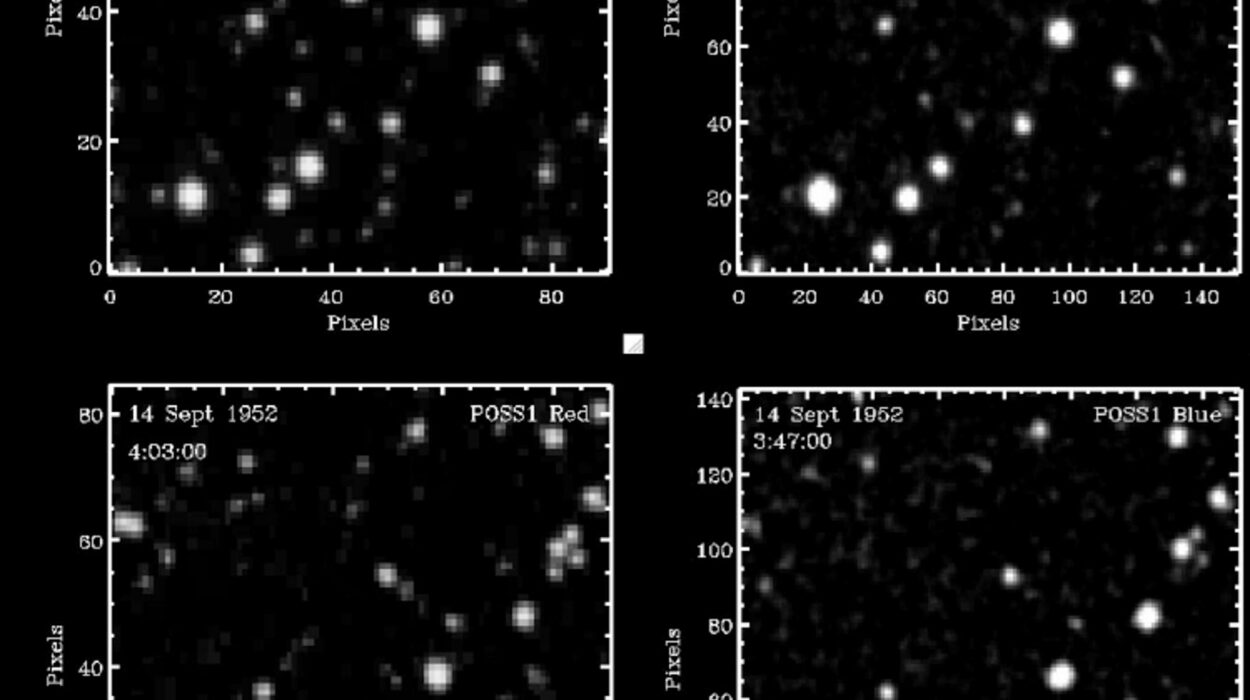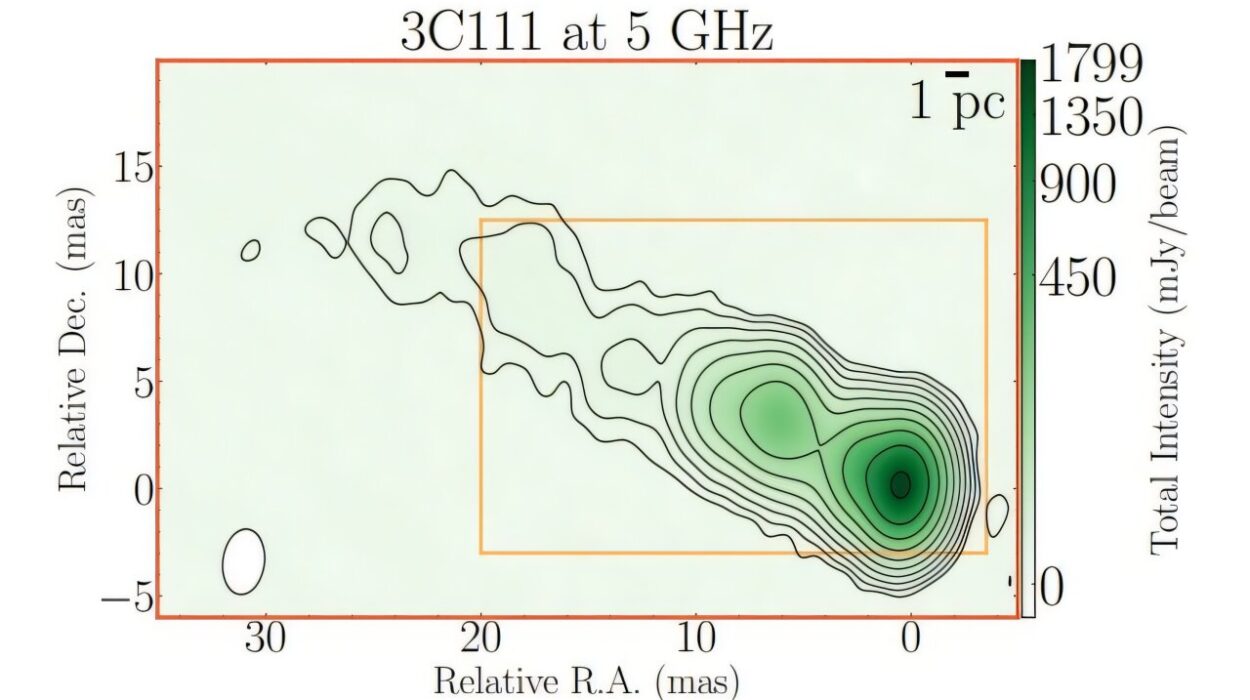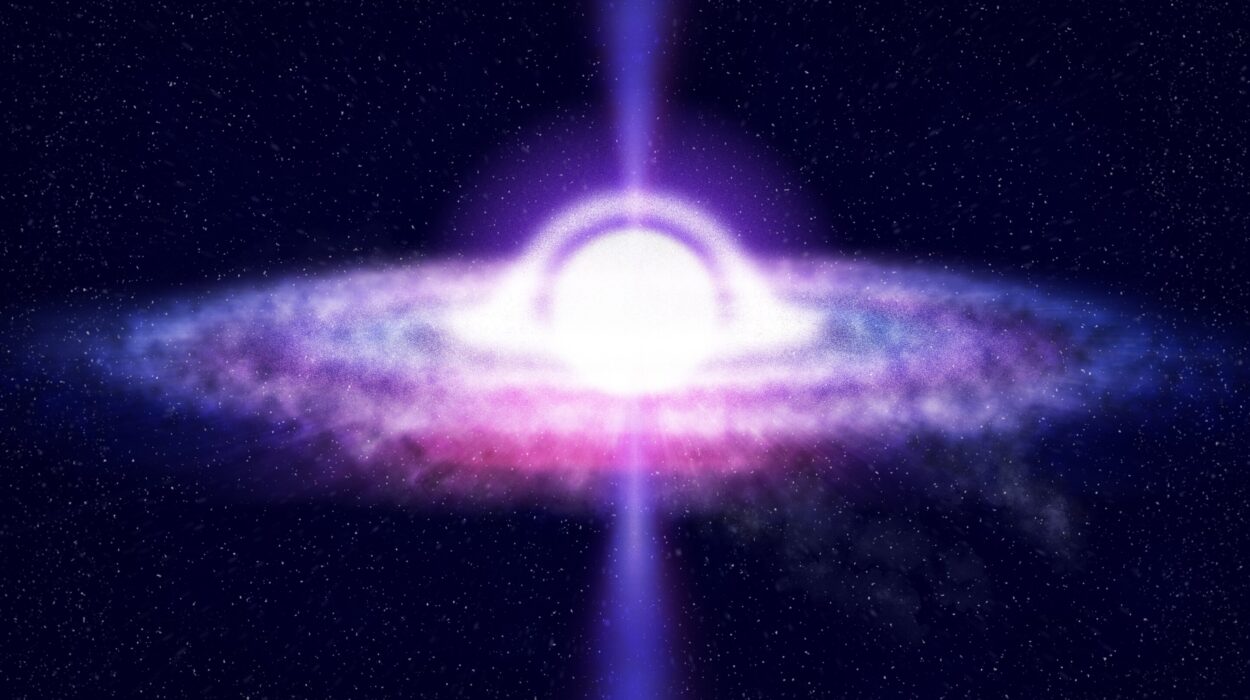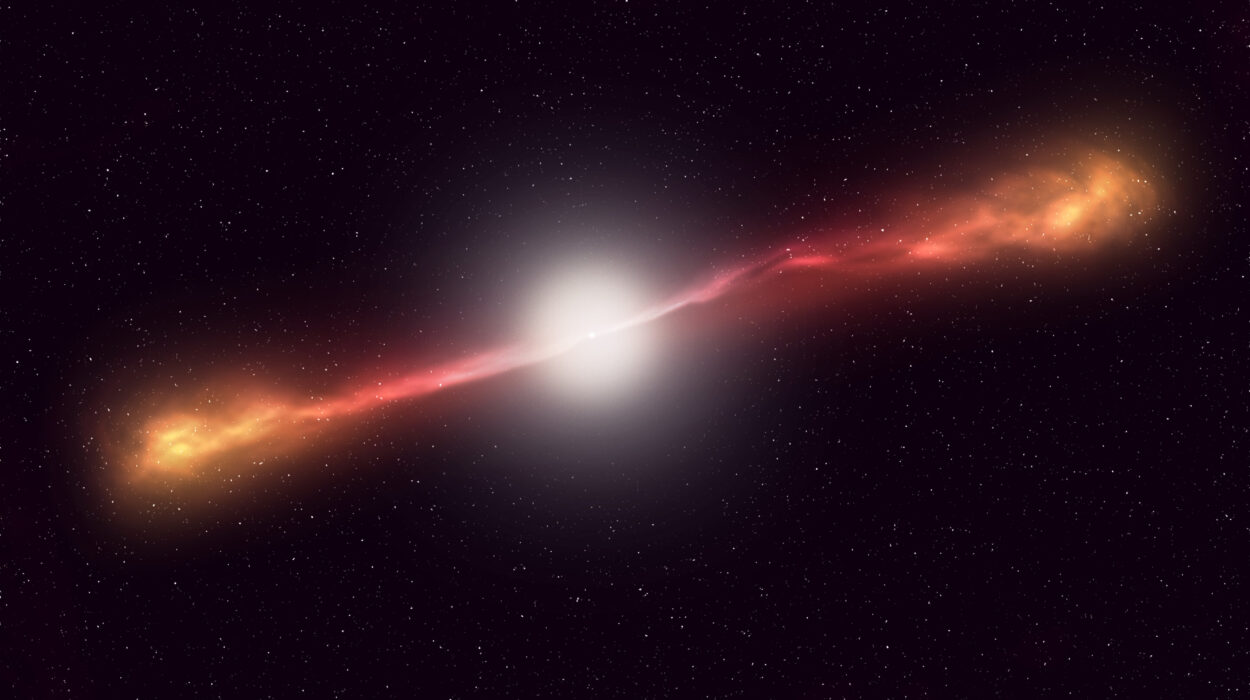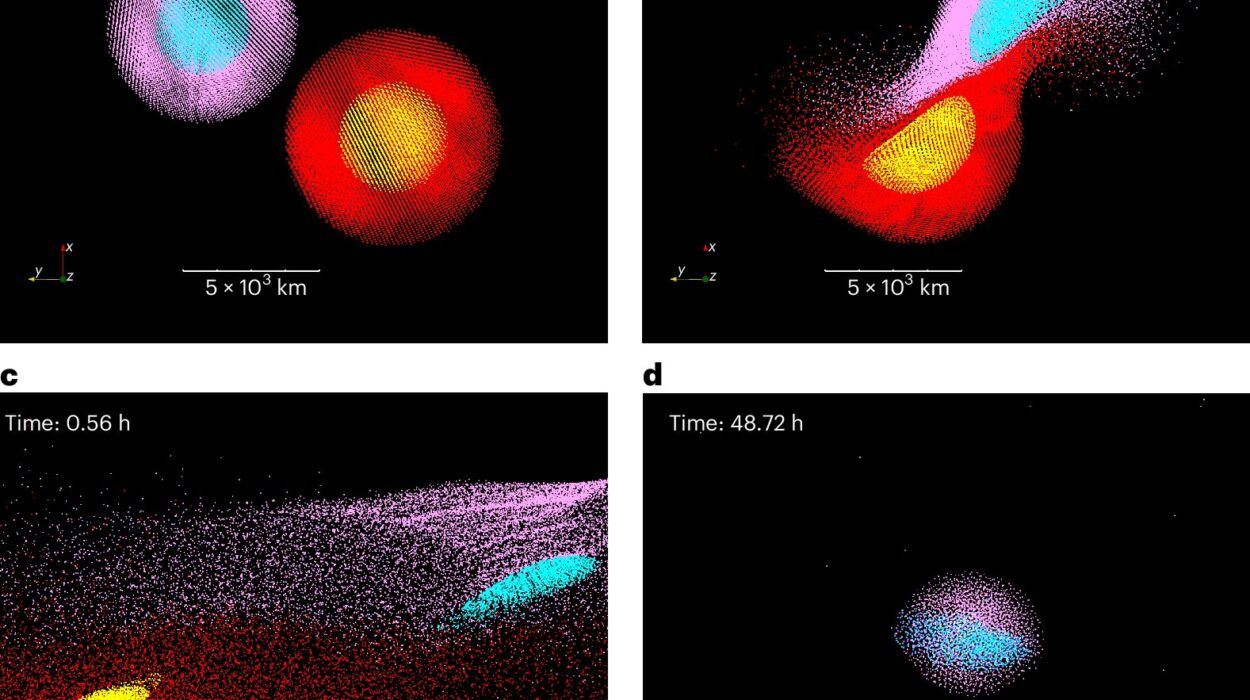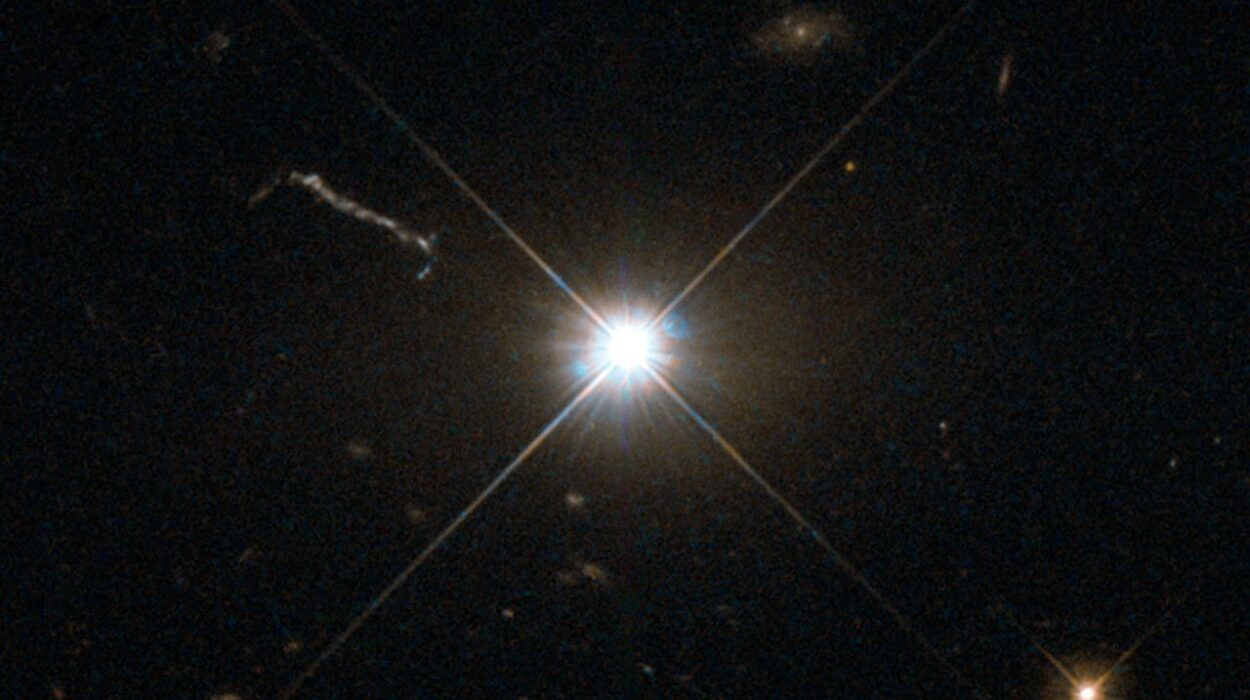Jupiter, the largest planet in our solar system, has always been a world of superlatives—bigger, heavier, and more powerful than all the other planets combined. Yet for all its immensity, what lies deep within Jupiter remains one of astronomy’s greatest puzzles. At the heart of this swirling gas giant lies a mystery that defies simple explanations: instead of having a compact, sharply defined core of rock and ice surrounded by lighter gases, Jupiter possesses what scientists call a “dilute core.”
This means that instead of a clear-cut boundary, the dense material of Jupiter’s core appears to be smeared out, gradually blending into the surrounding layers of hydrogen and helium. The discovery of this strange, blurry heart came from NASA’s Juno spacecraft, which has been orbiting Jupiter since 2016. Its gravity measurements revealed a planet with an unexpectedly mixed interior—raising questions about how such a giant formed in the first place.
For years, one of the most compelling ideas was that Jupiter’s core was shattered and stirred by a colossal impact early in its history. But a new study from Durham University, using some of the most sophisticated planetary simulations ever attempted, has turned that idea on its head.
The Giant Impact Hypothesis
The concept of a giant impact shaping Jupiter’s interior was bold and dramatic. According to this idea, during the solar system’s chaotic youth, Jupiter may have collided with another massive body—perhaps a planetary embryo half as large as Jupiter’s original core. Such an event would have released unimaginable amounts of energy, violently mixing heavy materials deep within the planet.
This theory made intuitive sense: collisions were common during the early days of planet formation, and impacts have shaped the histories of many worlds. Earth’s own moon, for instance, is thought to have formed after a Mars-sized body slammed into our planet. If Jupiter experienced something similar, it might explain the blurred boundary between its dense center and gaseous envelope.
But while the scenario was compelling, proving it required more than imagination—it needed physics, numbers, and cutting-edge computation. That is exactly what the Durham University team set out to test.
Simulating Cataclysm on a Supercomputer
To investigate Jupiter’s mysterious core, researchers at Durham University, working with colleagues from NASA, the SETI Institute, and the University of Oslo, turned to some of the most powerful computational tools available. They ran their experiments on the DiRAC COSMA supercomputer, one of the UK’s top facilities for scientific simulations.
Using the advanced SWIFT open-source software, the team modeled planetary-scale collisions with unprecedented detail. A key improvement in their method was the more accurate treatment of how different materials—rock, ice, hydrogen, helium—mix when forced together by violent impacts.
They tested a range of extreme scenarios, smashing virtual planetary embryos into a young Jupiter under different conditions. If the giant impact hypothesis was correct, the simulations should have produced a stable dilute core resembling the one Juno revealed.
But that’s not what happened.
The Surprising Results
Across all the simulations, the outcome was the same: Jupiter’s core refused to stay diluted. Although impacts displaced heavy material from the center, those dense ingredients quickly sank back down, re-establishing a distinct boundary between core and envelope. Instead of leaving a long-lasting blurry heart, the planet’s interior “reset” itself.
As lead author Dr. Thomas Sandnes explained, “We see in our simulations that this kind of impact literally shakes the planet to its core—just not in the right way to explain the interior of Jupiter that we see today.”
In other words, while a giant collision could certainly rock Jupiter, it would not leave behind the stable dilute structure observed today. Something else must be responsible.
A Different Origin Story
If not a colossal impact, then what explains Jupiter’s fuzzy heart? The Durham study points toward a gentler, but equally fascinating, process: the way Jupiter formed and grew over millions of years.
As the giant planet pulled in gas and dust from the protoplanetary disk that surrounded the young Sun, it may have absorbed heavy and light materials together. Instead of a solid core forming first and then being coated in hydrogen and helium, the mixing could have happened naturally during accretion. Over time, this steady blending would have created the diffuse transition zone seen today.
The idea gains strength from another surprising discovery: Saturn, too, appears to have a dilute core. If both gas giants share this trait, it suggests a common origin rooted in planetary growth itself rather than rare cataclysmic events.
As Dr. Luis Teodoro of the University of Oslo put it, “The fact that Saturn also has a dilute core strengthens the idea that these structures are not the result of rare, extremely high-energy impacts but instead form gradually during the long process of planetary growth and evolution.”
Why This Matters Beyond Jupiter
The implications of this research reach far beyond our solar system. Astronomers have now detected thousands of exoplanets orbiting distant stars, many of them similar in size to Jupiter and Saturn. If dilute cores are a natural byproduct of giant planet formation, then these alien worlds may share similar hidden structures.
Understanding how these cores form helps scientists interpret exoplanet data more accurately. It tells us what to expect about their internal dynamics, how they evolved, and what that means for the diversity of planetary systems.
As co-author Dr. Jacob Kegerreis emphasized, “Giant impacts are a key part of many planets’ histories, but they can’t explain everything! This project also accelerated another step in our development of new ways to simulate these cataclysmic events in ever greater detail, helping us to continue narrowing down how the amazing diversity of worlds we see in the solar system and beyond came to be.”
A Window Into the Deepest Mysteries
Jupiter’s dilute core is more than just a curiosity—it’s a reminder that even the biggest, most familiar planets in our solar system hold profound secrets. With every new observation and simulation, scientists peel back another layer of mystery, bringing us closer to understanding not just Jupiter, but the universal rules of planet formation.
For now, the Durham study has shown that one dramatic story—the idea of a world-shaking collision—does not fit the evidence. Instead, Jupiter’s strange heart may have been written slowly, in the long dance of dust, rock, gas, and gravity that built the giant we see today.
And as we look outward to the thousands of exoplanets circling distant stars, Jupiter’s blurred heart reminds us that worlds are often more complex, more beautiful, and more surprising than we ever dared imagine.
More information: T. D. Sandnes et al, No dilute core produced in simulations of giant impacts on to Jupiter, Monthly Notices of the Royal Astronomical Society (2025). On arXiv DOI: 10.48550/arxiv.2412.06094

